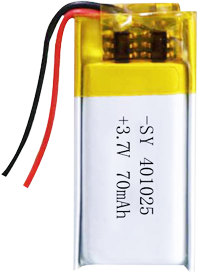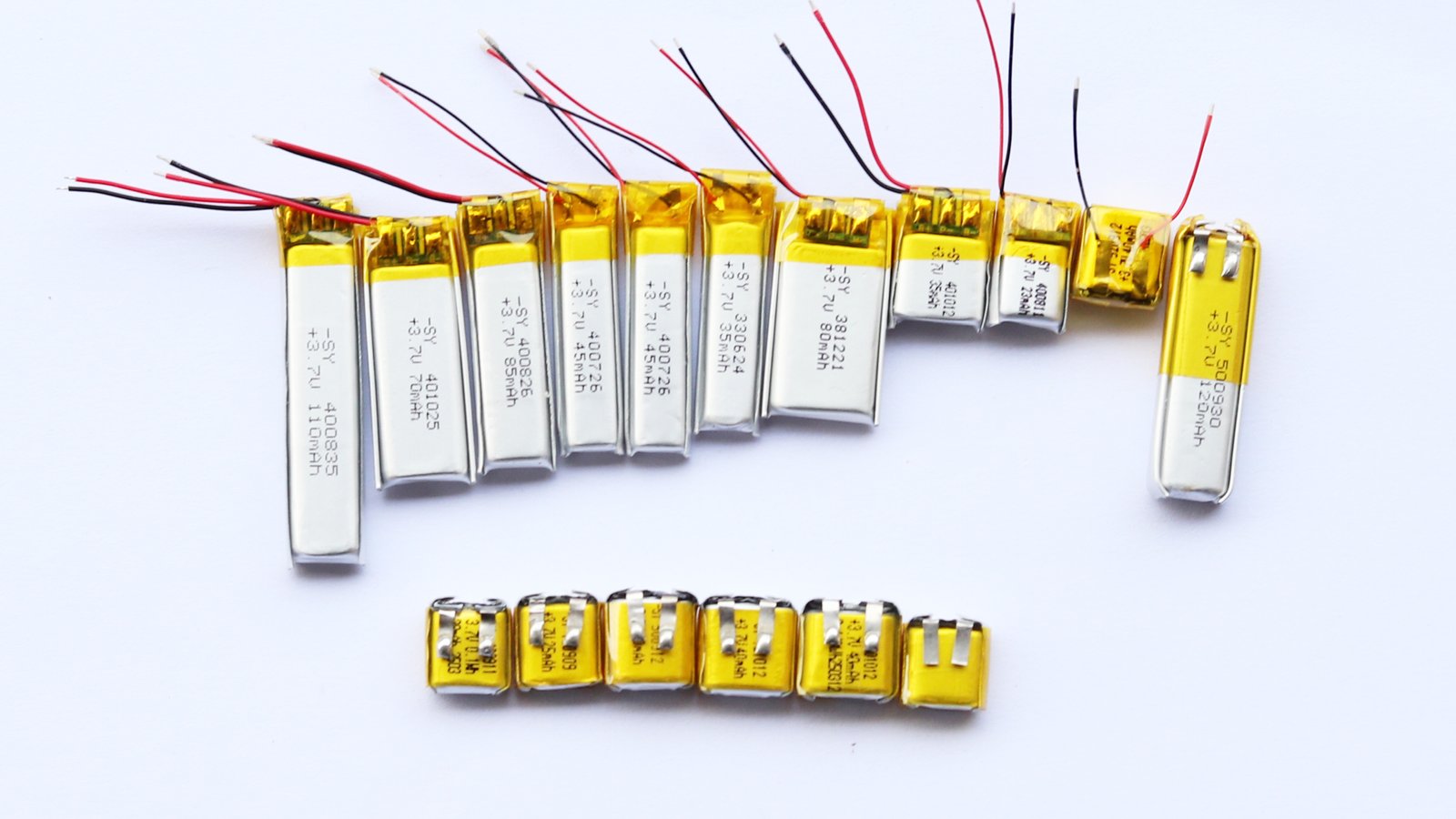LiPo batteries don't last forever—but most people shorten their lifespan without even realizing it.
To extend lithium polymer battery life1, you must avoid full discharges2, manage temperature, store them properly, and use correct chargers with cell balancing functions3.

While LiPo batteries4 offer high energy in compact forms, they also require specific care5. Here's exactly how I keep my LiPo packs healthy and long-lasting6—without risking safety or performance.
Table of Contents
ToggleWhy Do LiPo Batteries Degrade Over Time?
Heat, charging mistakes, and misuse slowly kill every battery.
LiPo batteries7 degrade due to chemical aging8, overcharge stress9, deep discharge, high current spikes, and storage neglect.

🔍 Key Factors of Degradation
1. Charge/Discharge Cycles
Every full cycle reduces capacity slightly—especially if charged too fast or drained too low.
2. Depth of Discharge (DoD)
Going from 100% to 0% frequently stresses the internal chemistry. Keep within 30–80% range for best results.
3. Temperature Exposure
Heat accelerates internal breakdown. Cold slows down ion mobility. Both extremes reduce life.
| Cause of Stress | Result |
|---|---|
| Overcharging10 | Swelling, heat, explosion risk |
| Overdischarging | Irreversible chemical damage |
| Fast charging (>1C)11 | Shorter cycle life, excess heat |
| High temp use/storage12 | Rapid aging, capacity loss |
What’s the Best Way to Charge a LiPo Battery?
Your charger setup can make or break battery life.
To maximize lifespan, charge at 1C or less, always balance cells, and stop charging at 4.2V per cell.

🔋 Golden Charging Rules
- Always use LiPo-compatible chargers13
- Enable balance charging14 to equalize each cell
- Set charge rate to ≤1C15 (e.g., 2200mAh battery → charge at max 2.2A)
- Never leave charging batteries unattended
- Disconnect immediately after charging completes
I always charge mine inside a LiPo-safe bag, on a metal surface—because fireproof peace of mind is priceless.
How Does Temperature Affect Battery Life?
Your LiPo hates being hot. Or cold.
Ideal working temperatures for LiPo batteries are 20–25°C (68–77°F). Both high and low temperatures accelerate wear or reduce performance.

🌡️ What to Watch
| Temperature Range | Battery Impact |
|---|---|
| < 10°C (50°F) | Reduced power output, slow charge |
| 20–25°C (optimal) | Stable, efficient operation |
| > 40°C (104°F) | Chemical degradation, swelling |
| > 60°C (140°F) | Fire risk, permanent damage |
Storage Tip: Never leave LiPo batteries in a hot car or in direct sunlight.
How Should I Store My LiPo Batteries?
Storage is when most people forget proper care.
LiPo batteries should be stored at 3.7–3.85V per cell (about 50–60% charge), in a cool, dry, fireproof environment.

📦 Storage Best Practices
- Store half-charged, not full or empty
- Use LiPo bags or fireproof containers
- Place in cool, dry room (~15–25°C)
- Check voltage every 2 months, recharge to ~3.8V if needed
If I know I won’t use a pack for more than 2 weeks, I drop it to storage voltage right away.
What is Cell Balancing and Why Does It Matter?
Even small differences between cells can lead to big failures.
Cell balancing equalizes the voltage of each cell to prevent overcharging, which extends cycle life and prevents swelling.

⚖️ Balancing Tips
- Use a balance charger—it’s not optional for multi-cell packs
- Avoid mixing new and old cells in a pack
- Monitor individual cell voltages (3.7–4.2V range)
- Rebalance periodically if idle for long periods
Unbalanced packs are the main reason people see puffy cells or premature failure.
Should I Avoid Full Discharges?
Absolutely. Going to zero kills batteries fast.
LiPo batteries should never be discharged below 3.0V per cell. For longest life, keep usage between 20–80% capacity.

🔋 My Practice
- Set low-voltage cutoff16 on ESC or BMS to ~3.3V/cell
- Never fly/drive until shutdown
- For long sessions, swap batteries instead of draining one flat17
Partial discharge is your friend. Think of it as leaving energy “headroom.”
What Role Does a Battery Management System (BMS) Play?
Modern protection helps even more than habits.
A BMS prevents overcharge, over-discharge, overcurrent, and over-temperature damage automatically.

🧠 Why You Need One
- Cuts power before voltage drops dangerously low
- Shuts off charge above 4.2V/cell
- Monitors temp and disconnects if overheating
- Logs cycle count and health data
If you're building a pack or buying smart batteries—choose one with BMS built in.
Is Regular Cycling Good for the Battery?
Yes—but keep it in balance.
Moderate cycling (charging and discharging within 20–80%) helps maintain cell chemistry and accurate capacity readings.

🔁 Cycling Habits I Recommend
- Don’t let LiPo batteries sit unused for months
- Use them at least once a month
- Rebalance after long storage
- Track approximate cycle count if possible (most LiPo packs handle 300–500)
I’ve had batteries last nearly 4 years with light but consistent use. It works.
Conclusion
Lithium polymer batteries can last longer than you think—if you treat them right. Focus on temperature, charging, balancing, and storage, and you'll see the results.
-
Discover expert tips and techniques to maximize the lifespan of your lithium polymer batteries. ↩
-
Learn about the impact of full discharges on battery health and performance. ↩
-
Understand the importance of cell balancing for optimal battery performance and longevity. ↩
-
Explore this link to learn essential tips for keeping your LiPo batteries safe and performing at their best. ↩
-
Find out the specific care requirements for LiPo batteries to avoid safety risks and enhance their longevity. ↩
-
Discover effective strategies to extend the lifespan of your batteries and ensure optimal performance. ↩
-
Understanding how to maintain LiPo batteries can significantly extend their lifespan and performance. Explore expert tips and guidelines. ↩
-
Learn about chemical aging in batteries to better understand its impact on battery life and efficiency. ↩
-
Discover the detrimental effects of overcharge stress on batteries to avoid common pitfalls and enhance battery longevity. ↩
-
Understanding the effects of overcharging can help prevent battery damage and ensure safety. ↩
-
Exploring the risks of fast charging can help you make informed decisions about battery usage and longevity. ↩
-
Learning about the impact of high temperatures on batteries can aid in proper storage and usage practices. ↩
-
Using the right charger is essential for safety and efficiency. Discover more about LiPo-compatible chargers and their benefits. ↩
-
Understanding balance charging is crucial for maintaining battery health and performance. Explore this link to learn more about its importance. ↩
-
Knowing the significance of the charge rate ≤1C can help prevent battery damage and ensure safety. Check this resource for detailed insights. ↩
-
Understanding low-voltage cutoff is crucial for battery longevity and performance. Explore this link to learn more about its importance. ↩
-
Draining a battery flat can lead to damage and reduced lifespan. Learn about the risks and how to avoid them. ↩

